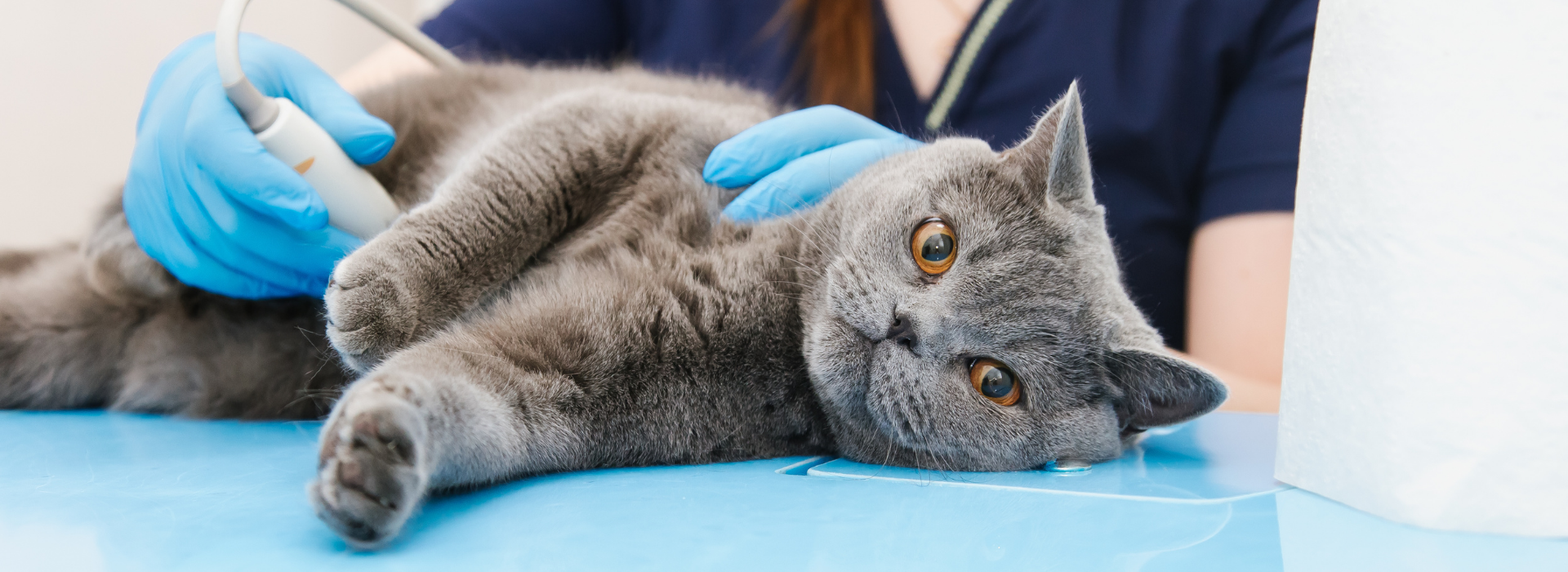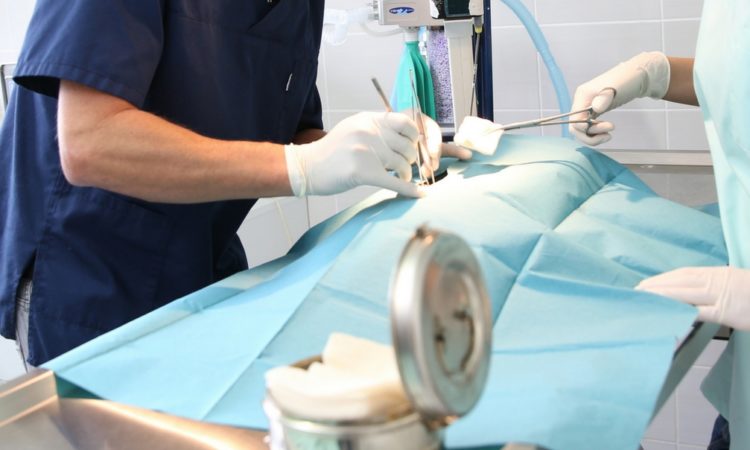Ultrasounds and X-rays (radiology) are imaging techniques we use for diagnosis. These tools provide images to help us identify the shape/size/inner workings of patients’ internal organs and to diagnose various health problems. Both tools can examine different body parts, so we usually use them simultaneously to catch anything the other cannot identify.
What is an ultrasound or X-ray?
X-rays use electromagnetic radiation to create snapshots of your pet’s internal organs. At Signal Hill Animal Clinic, digital radiology equipment displays the image on a computer screen, making it easier to view.
Ultrasounds use sound waves to create images of a body part. The sonographer uses a handheld probe attached to a computer. Some gel is placed on the area of interest, and the probe is waved across the area, emitting sound waves.
When are they necessary?
These diagnostic tools are often used when your pet’s bloodwork shows abnormal levels. Ultrasounds and X-rays allow our team to examine internal organs and diagnose health issues that may not have physical symptoms.
Your pet may need an ultrasound in the following instances:
- They have a heart condition – This type of ultrasound is known as an echocardiogram
- Foreign object detection like swallowed plants, plastic, cloth, or paper
- To examine soft tissues and organs like the kidneys, liver, gallbladder, ligaments, and tendons
- To detect pregnancies and monitor fetal development
X-rays can provide information about your pet’s bones, colon, intestines, lungs, prostate, heart, stomach, and bladder.
Are ultrasounds and X-rays safe for my pet?
Yes. X-rays and ultrasounds are non-invasive and painless. Even though X-rays use radiation, your pet won’t develop any issues from repeated exposure. To ensure that your loyal companion is properly cared for, our hospital uses digital X-rays, which use less radiation than traditional X-rays. To discuss how we prioritize your pet’s safety, please call us at 403-249-3411.






